- Have any questions?
- +86-189 8930 5995
- sales@mosinterchem.com.cn
Ammonium Sulphate CAS 7783-20-2

Zinc Phosphate CAS 7779-90-0
19/12/2018
Diammonium Phosphate CAS 7783-28-0
19/12/2018| Model: | MOS7783-20-2 |
| Brand Name: | MOSINTER |
| CAS No.: | 7783-20-2 |
| Melting Point: | 280 °C |
| Density: | 1.77 g/mL at 25 °C(lit.) |
| Refractive index: | n20/D 1.396 |
| Flashing point: | 26 °C |
| Storage condition: | 2-8°C |
| Solubility: | H2O: 1 M at 20 °C, clear, colorless |
| Soluble: | 77 g/100 mL (25 ºC) |
| Stability: | Stable. Contact with strong oxidizers may cause fire or explosion. Incompatible with strong bases. |
Ammonium Sulphate (CAS: 7783-20-2)
| Item | Index |
| Appearance | White or light color crystal |
| Nitrogen content | ≥20.5% |
| Water content: | ≤2.0% |
Ammonium sulfate (IUPAC-recommended spelling; also ammonium sulphate in British English), (NH4)2SO4, is an inorganic salt with a number of commercial uses. The most common use is as a soil fertilizer. It contains 21% nitrogen and 24% sulfur.
Uses
The primary use of ammonium sulfate is as a fertilizer for alkaline soils. In the soil the ammonium ion is released and forms a small amount of acid, lowering the pH balance of the soil, while contributing essential nitrogen for plant growth. The main disadvantage to the use of ammonium sulfate is its low nitrogen content relative to ammonium nitrate, which elevates transportation costs.
It is also used as an agricultural spray adjuvant for water soluble insecticides, herbicides, and fungicides. There, it functions to bind iron and calcium cations that are present in both well water and plant cells. It is particularly effective as an adjuvant for 2,4-D (amine), glyphosate, and glufosinate herbicides.
Laboratory use
t is a common method for purifying proteins by selective precipitation; Ammonium sulfate is extremely soluble in water and so can make very concentrated solutions, which can “salt out” proteins, causing their precipitation at particular concentrations. This provides a convenient and simple means to fractionate complex protein mixtures.[ As such, ammonium sulfate is also listed as an ingredient for manyUnited Statesvaccines per the Center for Disease Control.
In the analysis of rubber lattices, volatile fatty acids are analysed by precipitating rubber with a 35% ammonium sulfate solution, which leaves a clear liquid from which volatile fatty acids are regenerated with sulfuric acid and then distilled with steam. Selective precipitation with ammonium sulfate, opposite to the usual precipitation technique which uses acetic acid, does not interfere with the determination of volatile fatty acids.[
Food additive
As a food additive, ammonium sulfate is considered generally recognized as safe (GRAS) by the U.S. Food and Drug Administration, and in the European Union it is designated by the E number E517. It is used as an acidity regulator in flours and breads.
Other uses
Ammonium sulfate is used on a small scale in the preparation of other ammonium salts, especially ammonium persulfate.
A saturated solution of ammonium sulfate in heavy water (2H2O) is used as an external standard in sulfur (33S) NMR spectroscopy with shift value of 0 ppm.
Ammonium sulfate has also been used in flame retardant compositions acting much like diammonium phosphate. As a flame retardant, it lowers the combustion temperature of the material, decreases maximum weight loss rates, and causes an increase in the production of residue or char. Its flame retardant efficacy can be enhanced by blending it with ammonium sulfamate.
Ammonium sulfate has been used as a wood preservative, but due to its hygroscopic nature, this use has been largely discontinued because of associated problems with metal fastener corrosion, dimensional instability, and finish failures.
You must be logged in to post a review.

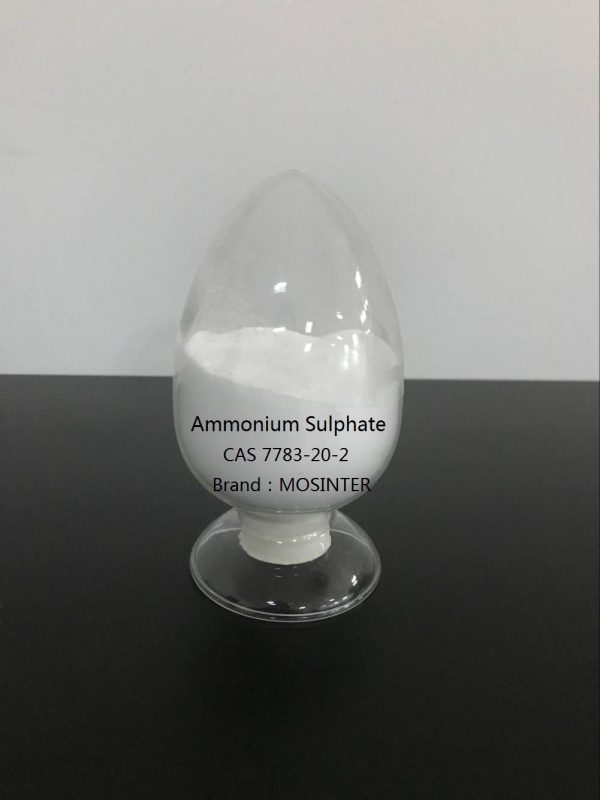
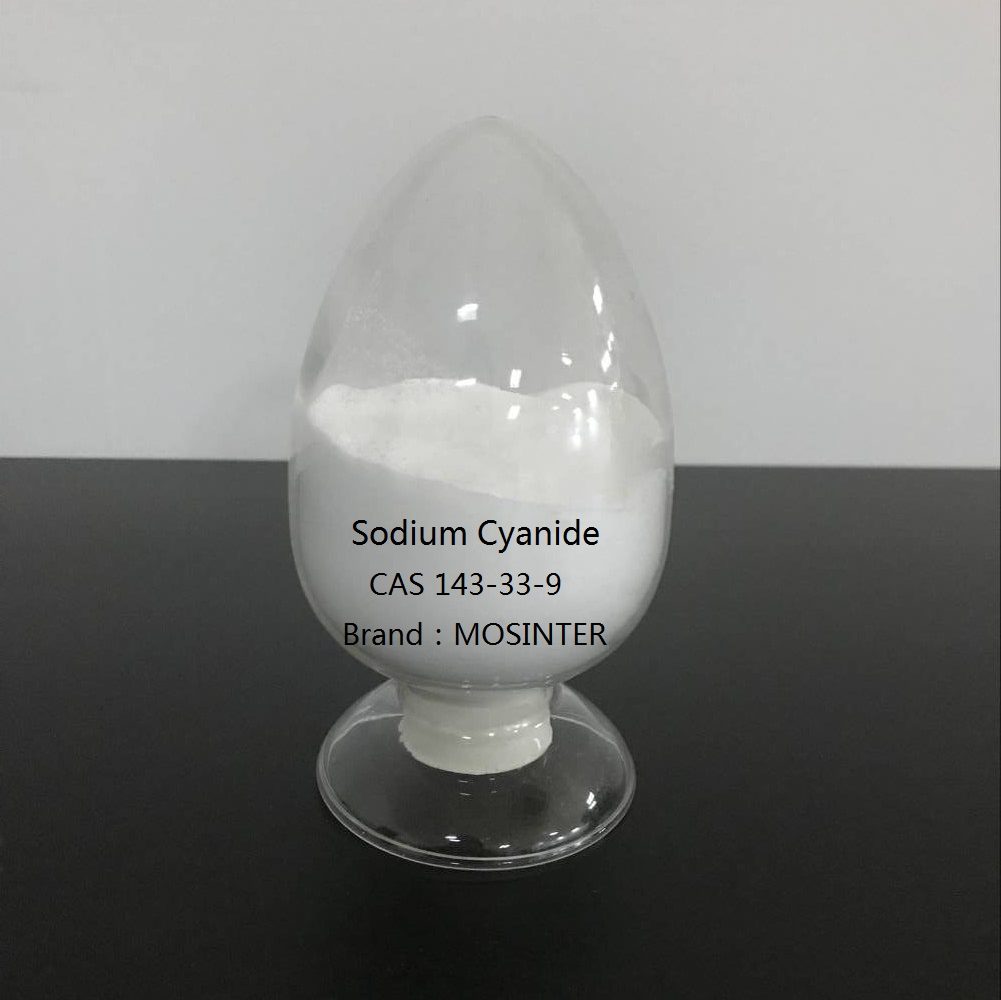
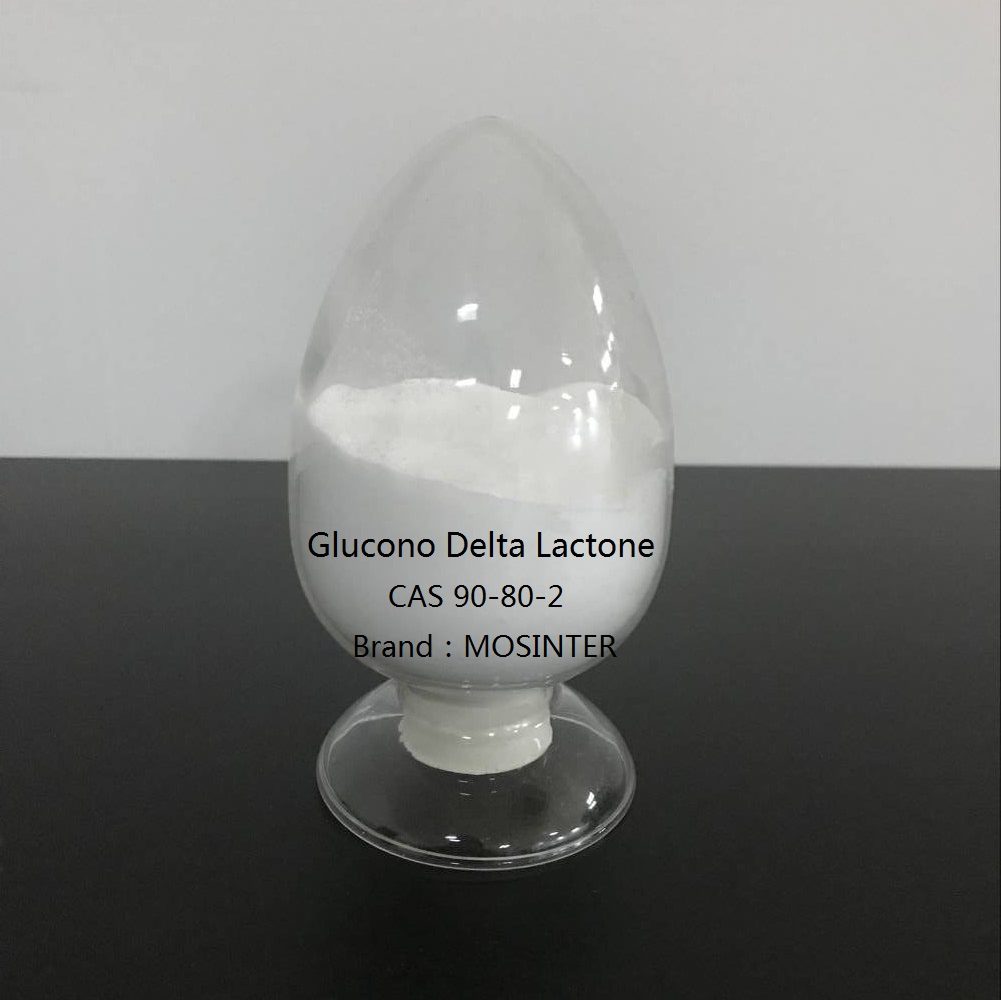
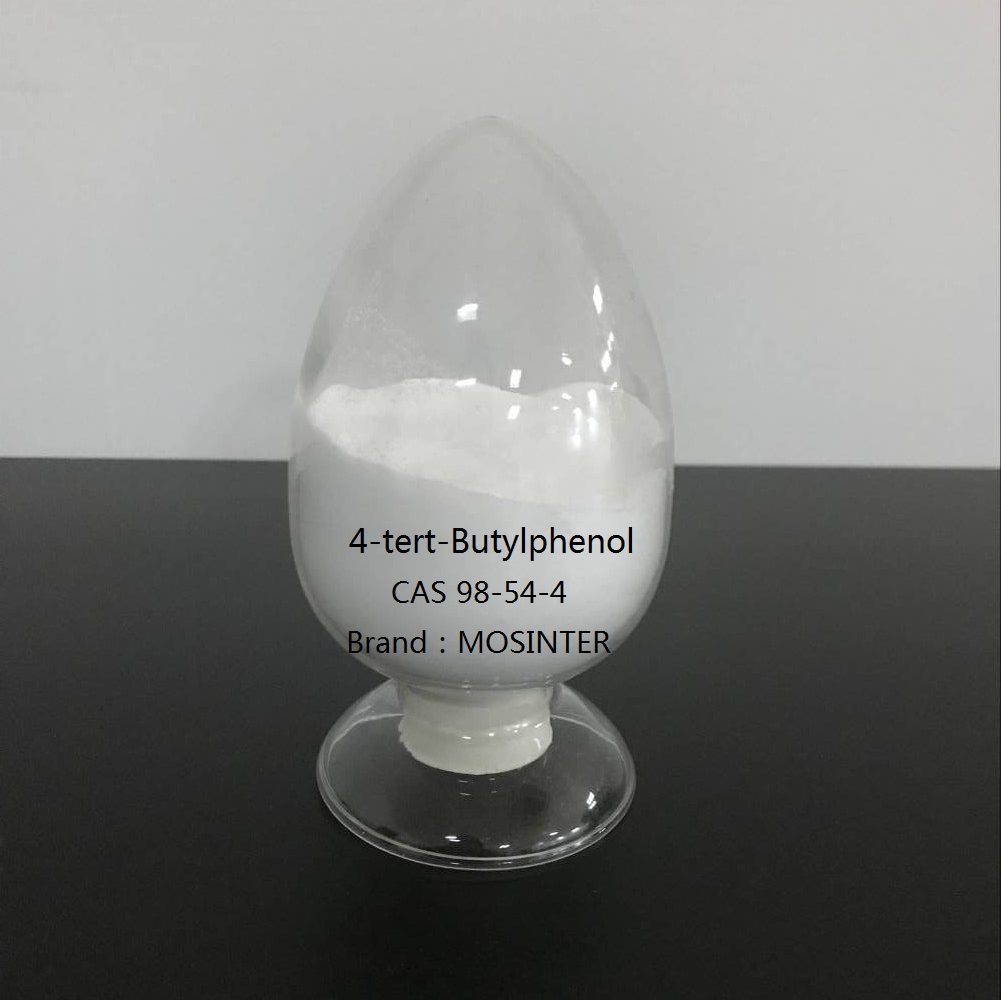
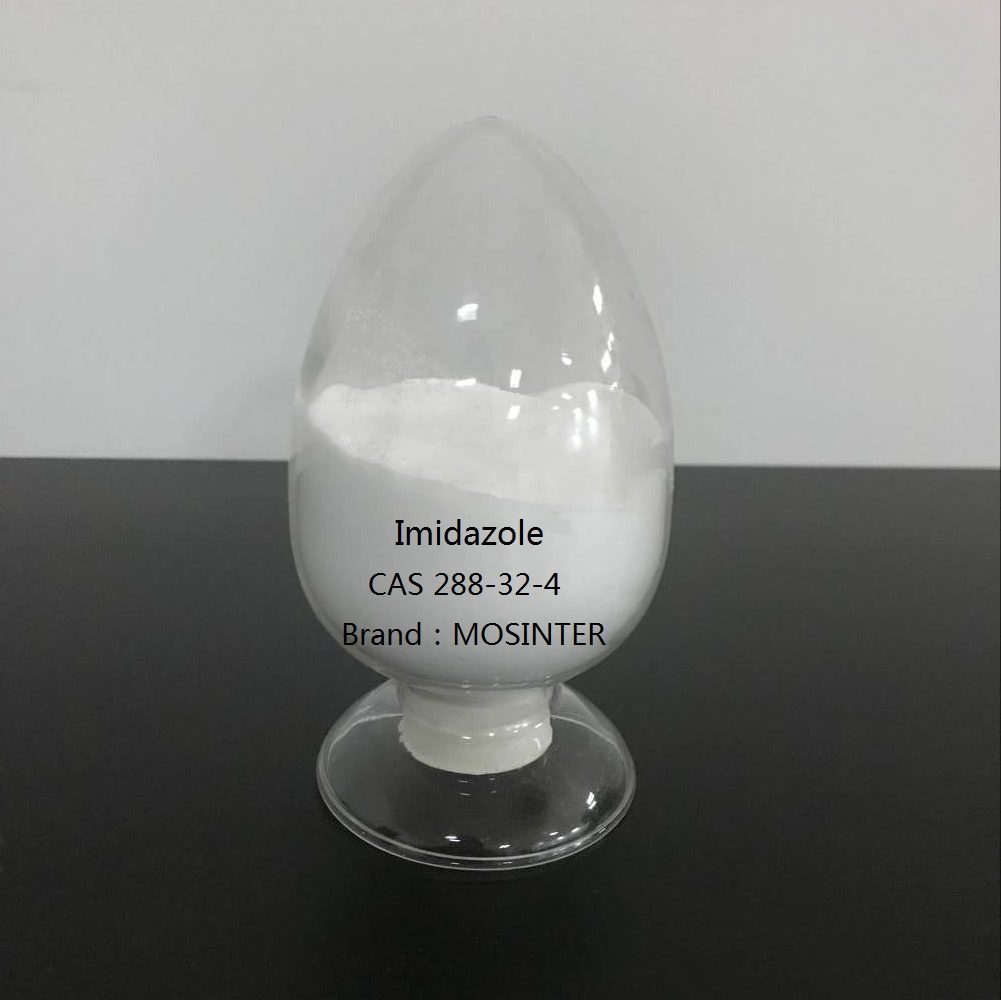
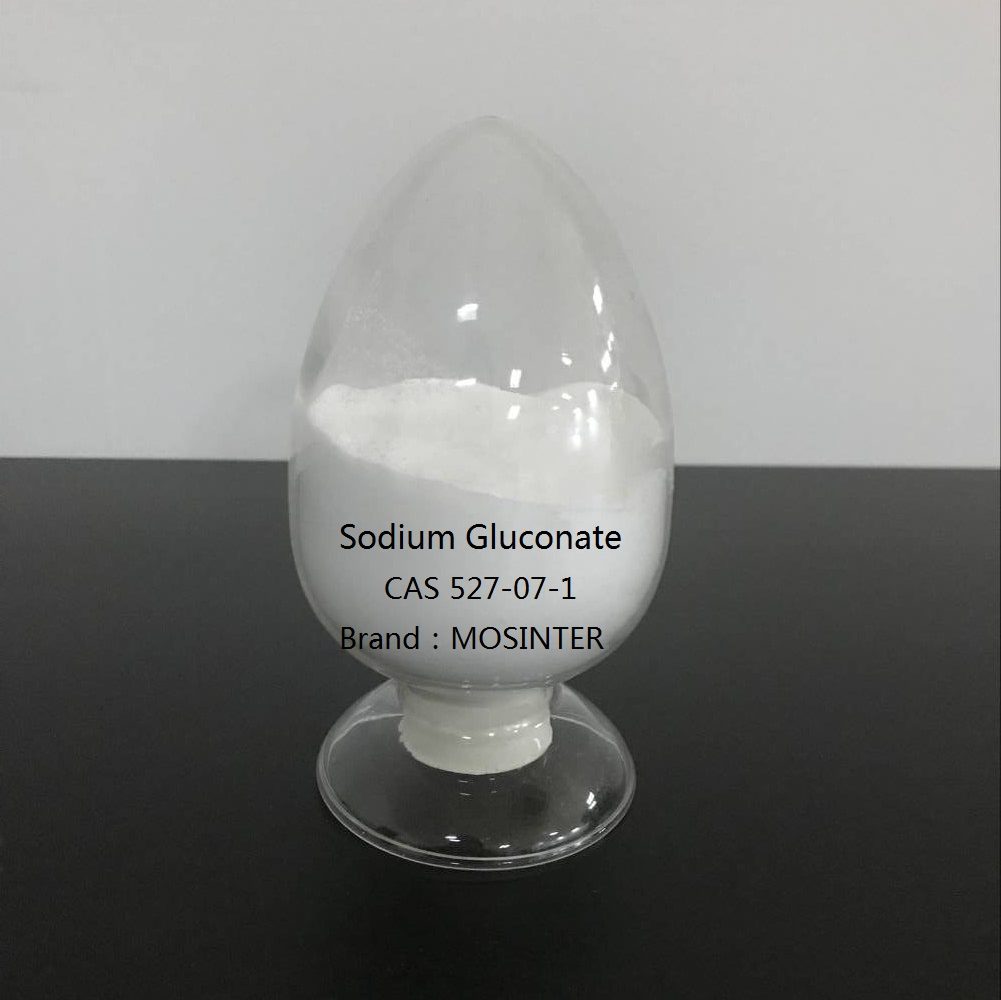
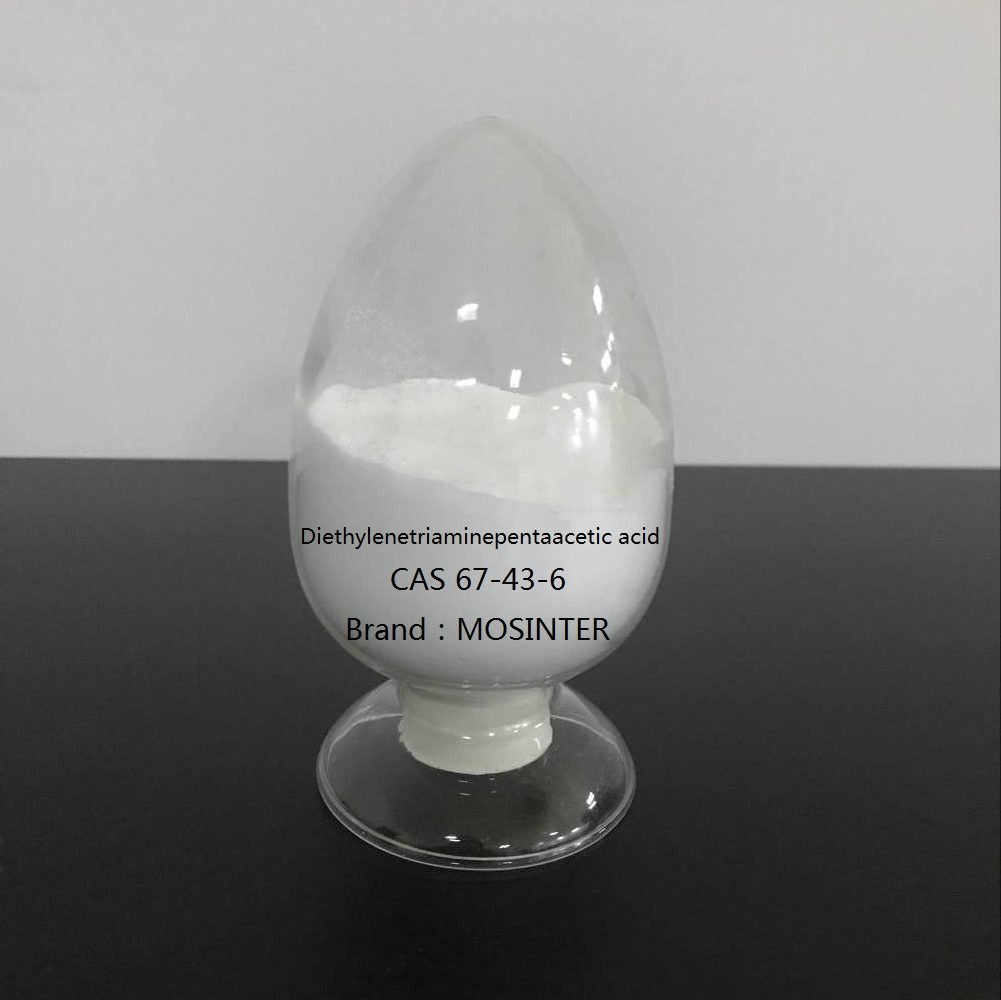
Reviews
There are no reviews yet.